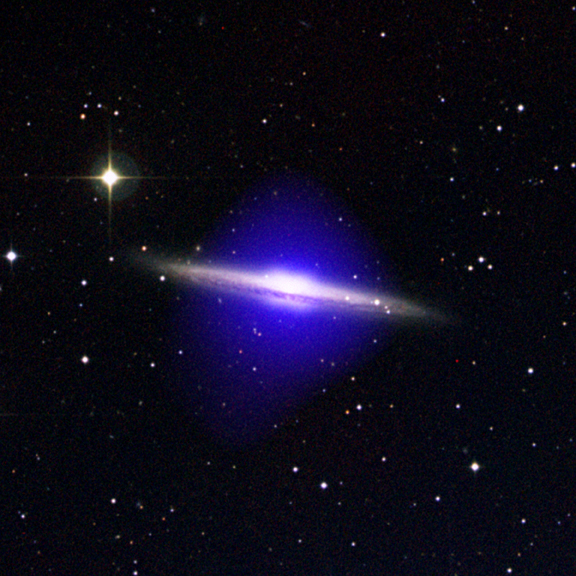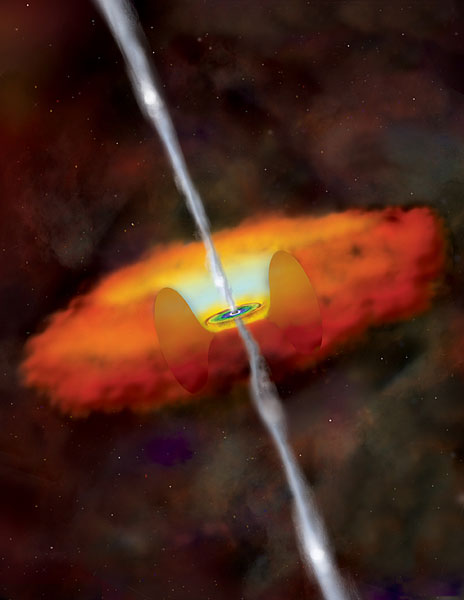The Baryon Cycle in High Redshift Galaxies

I am currently working on my dissertation project, which uses cosmological simulations
to study the relationship between processes in the disk and in the surrounding
circumgalactic medium (CGM) of high redshift (2<z<4) galaxies. This redshift range is interesting
because it is the time period leading up to the most active period of star formation in galaxies.
Understanding the cycle of baryons during this time is important for understanding galaxy formation and evolution. Gas accretion from the intergalactic medium (IGM) must pass through and interact with the multiphase circumgalactic medium (CGM), which makes up the gaseous halo component of a galaxy. The CGM itself can also serve as a reservoir of gas that could eventually cool and accrete onto the disk. Stellar feedback due to star formation drives winds that carry metals away from the disk and into the halo. If the wind speeds exceed the escape velocity of the galaxy, the outflowing gas will enrich the the IGM. However, if the wind speeds are below the escape speed, the outflowing material could either linger in the halo or rain back down onto the disk in a fountain type flow. The fate of the outflow gas thus has consequences for the evolution of the disk.
